Health Advice
/Health
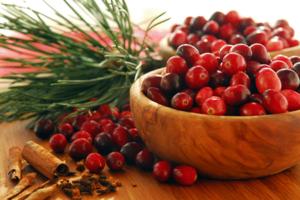
On Nutrition: Questions from readers
Along with starting a few resolutions for the new year, I checked my mailbag. Joyce M. writes, “I enjoyed your column on cranberries in the Dallas Morning News. Several of the health benefits were new to me, but I was educated on cranberry production by elderly Wisconsin relatives who worked on the farms.
“For years I have bought extra ...Read more
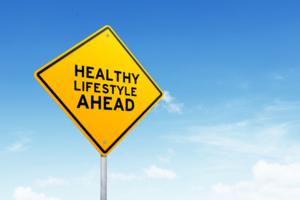
On Nutrition: SMART goals for the new year
A few weeks ago, I had coffee with a friend who used to share an office with me where we both worked as dietitians. I asked if she’d been busy.
“Not really,” she said. “No one wants to talk about nutrition or weight loss during the holidays. But it will definitely pick up after Jan. 1!”
So true. The new year is when we get to start ...Read more

On Nutrition: Brews with benefits
I visited our local library last week and was surprised to see a cheerful sign at the door that invited patrons in for “Books and Brews!” Not brews that may first come to mind. These were various teas and coffees lovingly prepared by librarians (another reason why I love our small town) for those of us who like to nestle with our computers ...Read more

On Nutrition: Holiday drinks
There is truly something extra special about this season. Thinking about loved ones near and far. Wrapping gifts. Hoping you remembered what you need at the grocery store.
It’s interesting how eggnog hits the shelves in November and disappears the day after New Years. It’s what grocers call a “seasonal” item. Take a look at eggnog’s ...Read more

On Nutrition: Season for cranberries
“Can you get these year-round?” my husband asked over breakfast. He was referring to the fresh cranberries I used for my cranberry sauce at Thanksgiving. We have happily discovered the leftovers make a yummy topping to our morning oatmeal.
Come to think of it, the only time I find fresh cranberries in our local grocery store is in November ...Read more

On Nutrition: Catching up on letters
Yikes, the year is almost over and my inbox still holds some unanswered questions from readers.
Dave P. from Tucson writes: “I’ve read that in order to derive the full nutritional value from mushrooms, they should be nuked in the microwave for two to three minutes. Is this true, and are there other vegetables that should be cooked in any ...Read more

On Nutrition: Thankful!
In spite of the incredible sights seen and new friends made on a recent trip out of the country, I was extremely thankful to 1) survive an 11-hour flight in the economy section of a very large plane, and 2) see a sign as we passed through customs at the Denver Airport that said: “Welcome to the United States!”
Our 10 days oversees opened ...Read more

On Nutrition: Veggie questions
Donna T. from Bismarck, North Dakota, writes: “When the variety of fresh veggies is limited, I buy frozen. I do, however, like to keep store-purchased canned veggies in my pantry and use them in tight squeezes. I am confused by statements that canned veggies are highly nutritious and comparable to frozen. Comparing nutrition labels does not ...Read more
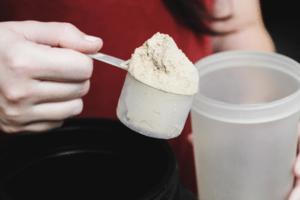
On Nutrition: Bulking up caution
A reader writes, “I have an 18-year-old grandson who started college this year and sustained a knee injury during football practice. He is recovering but my concern is that the team trainers have told him to 'bulk up' with supplemental pills and protein shakes from the health food store.
"He has 6 bottles of pills and most of the bottles ...Read more
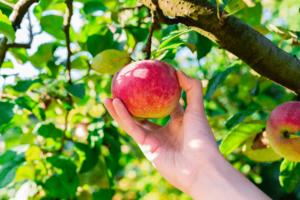
On Nutrition: Preserving summer goodness
After a long hot summer, we’re finally feeling the chill of fall. So the rush is on to get the last of the apples off the two trees in our yard before frost hits. I enlisted the help of my grandkids with an enticing offer of a prize to the one who bagged the most apples. It worked.
My neighbors have also been encouraged to pick as many apples...Read more
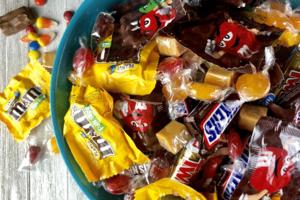
On Nutrition: Tricks for treats
I read where statisticians are predicting Americans will spend “about” $3.5 billion this year on Halloween candy. Believe it or not, this is down slightly from last year. Still, that’s a lot of candy. And from my experience, children are not the only ones who delight in all those sweets.
Don’t get me wrong. I enjoy having grandkids and ...Read more

On Nutrition: More than food
We dietitians take joy in communicating the results of ongoing research in the field of nutrition—the science of how substances in food interact with our health. But if you’ve ever lived through a major disaster, you know that food and water take on a much wider meaning during times of emergency.
As I watched the immense hurricane ...Read more








